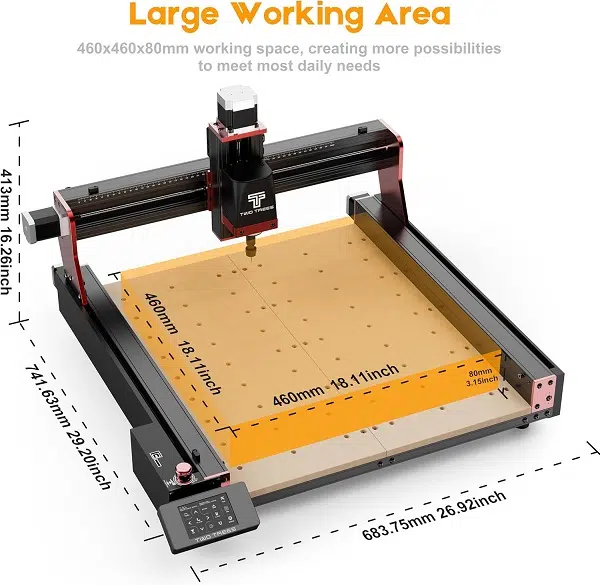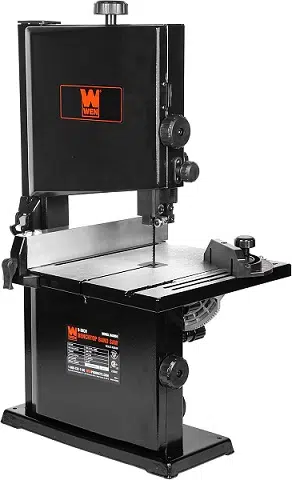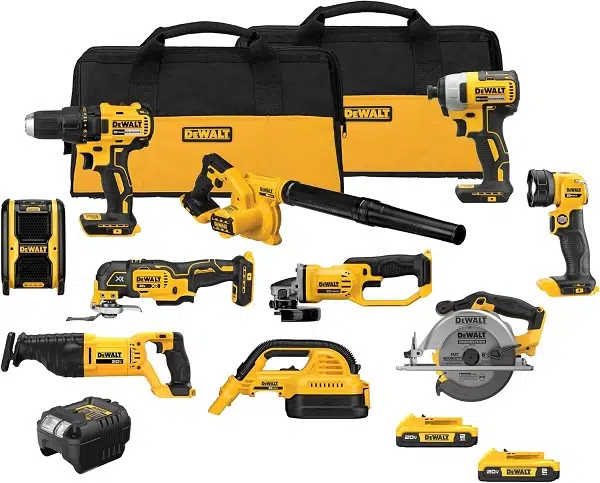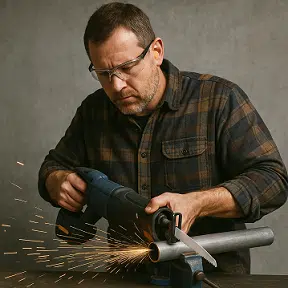
Table of Contents
The Evolution of the Saw tools: From Simple Blades to High-Tech Power Tools
Beginning
The saw is one of the few tools that shows how clever and flexible people are. The saw has changed a lot over the years, just like technology and society have. It is still essential for construction, woodworking, and handicraft. Let’s look at how the saw has changed over time, from its most basic forms to the high-tech power saws we have today.
Throughout history, the evolution of saw tools has transformed how tasks are completed, making them more efficient and precise.
The Beginning
Origins in the Stone Age
Tens of thousands of years ago, during the Paleolithic epoch, people made the first tools that resembled saws. Early people made simple saw blades out of flint or obsidian stones. These simple serrated tools made it easier to cut things like flesh, bone, and soft woods.
With advancements in saw tools, the quality of woodworking and construction has significantly improved.
Bronze and Iron in Ancient Civilizations
By about 3000 BCE, the ancient Egyptians and Mesopotamians had improved saw technology by using metal blades with sharper teeth. These saws were mostly employed for little woodworking jobs, like making furniture, coffins, and parts of buildings.
Moreover, the demand for efficient saw tools has driven technological progress. Today, specialized saw tools cater to various needs, ensuring precise cuts and safety. Modern saw tools exemplify the perfect blend of tradition and innovation.
Each generation of saw tools has contributed to the legacy of craftsmanship. Indeed, saw tools have revolutionized the industry, creating new possibilities for artisans. Efficient saw tools are now essential for both professionals and DIY enthusiasts. The impact of saw tools on industries cannot be overstated.
From precision to power, the evolution of saw tools is truly remarkable. As we move forward, new saw tools will continue to emerge, shaping the future of craftsmanship.
New things from the Romans and Greeks
Saws with Roman Frames
Around 500 BCE, the Romans made a big change by introducing frame saws. A wooden frame held the blade in place, resulting in straighter, cleaner, and more precise cuts. Frame saws were crucial for building ships and other buildings.
Greek Bow Saws
Greek carpenters made bow saws, which have a thin metal blade held in place by a bow-shaped wooden frame. This design This design enabled precise curved cuts and exquisite joinery, contributing to its popularity in furniture production and detailed carpentry.
Specialized Saw Tools
In Europe, saw designs changed quickly between 500 and 1500 CE, which was the Middle Ages:
Pit Saw: A big saw for two people with handles on both ends. One worker stood on top of the wood and another below it, which made it easier to process material for building.
Crosscut and Rip Saws: Specialized hand saws were made for cutting wood in different ways. Ripsaws had coarse teeth that were good for cutting wood down the grain, and crosscut saws had finer, angled teeth that were good for cutting across wood fibers.
The Industrial Revolution: Moving to Mechanical Power
Sawmills Powered by Water (16th–18th Century)
Before steam power, water-powered sawmills were common throughout North America and Europe. Mills used flowing water to turn big saw blades, which made them much more productive and efficient at making lumber.
The Steam Power Revolution (18th to 19th Century)
By the end of the 18th century, sawmills had switched from using water power to using steam power thanks to James Watt’s steam engine. Steam-powered circular and band saws let mills work without using water, which helped industry grow considerably, especially in North America and Europe.
The Rise of the Modern Power Saw
Saw with a Circle (Late 18th Century)
Samuel Miller, an Englishman, got a patent for the first circular saw in 1777. Later, in the early 1800s, American Shaker inventor Tabitha Babbitt made the circular saw better by adding teeth around the round blade. This made the circular saw more accurate, faster, and easier to use, which is why it is so important for the construction and woodworking industries.


Ultimately, saw tools remain a fundamental aspect of woodworking and construction.
Saw with a band (early 1800s)
William Newberry got a patent for the band saw in England in 1809, and French inventor Anne Paulin Crepin made it much better in 1846. The saw had a continuous loop blade that made it possible to make complicated and curved cuts, which made woodworking much more flexible.
Electric and portable saws were new in the 20th century.
Electric Saws (1920s)
In the early 1900s, most households and businesses got electricity. This made it possible for saws to run on electricity. Bosch and Black & Decker, among other companies, made small electric saws that were simple to use and efficient.
Edmond Michel invented the electric handheld circular saw in 1923. This saw provided the basis for the very popular Skilsaw brand.
Chainsaw (1920s–1940s): At first, chainsaws were big and difficult to use, but over time they became lighter and easier to carry. This changed logging and forestry by making them safer and less work-intensive.
Precision and specialized saws from the late 20th to the 21st century
Precision engineering, ergonomics, and specialist saws made for specific uses are all hallmarks of the modern era.
The Miter Saw employs precision-guided circular blades to achieve precise angled cuts in woodworking and carpentry.
The jigsaw and scroll saw are electric saws specifically designed for detailed woodcutting and handicraft.

Table Saw and Radial Arm Saw: These stationary saws are ideal for both professional woodworkers and enthusiasts since they are more accurate, efficient, and safe.
Reciprocating saws, also known as Sawzalls, are versatile tools suitable for demolition, renovation, and construction. Reciprocating saws can cut through many different types of materials quickly and easily.
Innovations in cordless and battery-powered tools: Lithium-ion batteries have come a long way, making cordless saws that are both powerful and portable. These tools have changed the way people work on construction sites and do DIY home projects.
Automation and technology nowadays
Today’s saws use the latest technology to improve accuracy, safety, and productivity: Laser Guides help you get things exactly right, which cuts down on mistakes and waste.
Safety Features: New tools like the SawStop can immediately halt the blade when it detects human flesh, making workplaces safer. Automated and CNC (Computer Numerical Control) Saws: These saws are the most accurate and consistent, which is crucial for making things on a large scale.
In conclusion
From simple stone blades used by early humans to complex, computer-controlled power instruments used in most industries today, saw tools have undergone significant evolution. This evolution is like how technology has changed over time to satisfy the needs of safety, efficiency, and accuracy. Every new tool has changed woodworking, construction, and manufacturing, showing that the saw tools will always be an important tool in human history and future innovation.












